Katherine Jacobsen
Katherine Jacobsen is CPJ’s U.S., Canada, and Caribbean program coordinator. Before joining CPJ as a news editor in 2017, Jacobsen worked for The Associated Press in Moscow and as a freelancer in Ukraine, where her writing appeared in outlets including Businessweek, U.S. News and World Report, Foreign Policy, and Al-Jazeera. Follow her on LinkedIn.
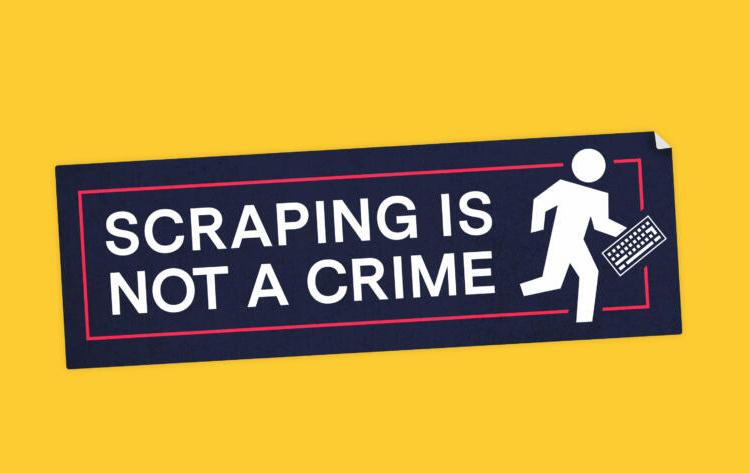
The Markup’s Nabiha Syed on how the Supreme Court could protect data journalism
At first glance, the connection between data journalism and a Georgia police officer accused of accessing a government database for an improper purpose might seem tenuous. However, journalists and legal experts have highlighted the press freedom implications of a pending Supreme Court decision in the case of the officer, Nathan Van Buren, who is appealing…

Trump lit the fuse, but anti-media sentiment among his supporters may outlast him
Joe Biden’s subdued — if heavily guarded — inauguration at the U.S. Capitol was a marked contrast to the events there two weeks prior, when journalists were assaulted, harassed, and had their equipment destroyed by protesters who sought to overturn the election in favor of Donald Trump. Yet with Trump now out of the White House —…
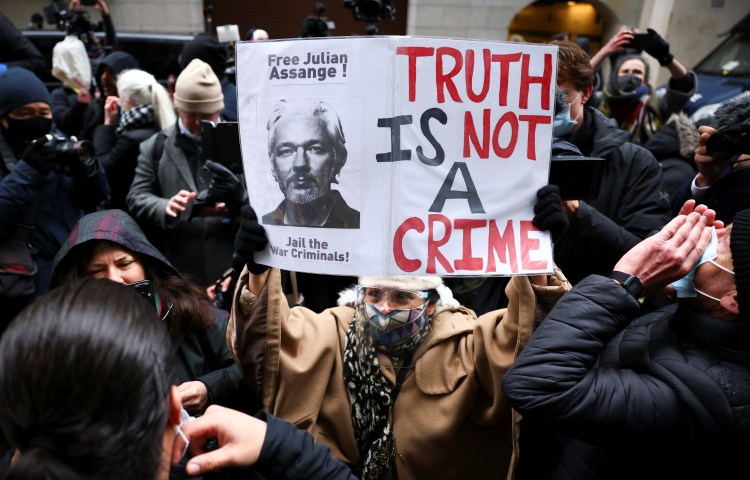
A positive step for Julian Assange but a blow to press freedom
A London court’s decision this week not to extradite WikiLeaks founder Julian Assange to the United States imperils press freedom even as it benefits Assange. In her January 4 decision, Judge Vanessa Baraister ruled that Assange would be at risk of suicide should he be extradited to the U.S. to face criminal prosecution, including on espionage…

‘Three people threatened to shoot me.’ Journalists describe covering mob violence at the US Capitol
Yesterday’s pro-Trump protests in Washington, D.C. — during which a mob broke into the Capitol building and forced journalists, lawmakers, and staff to shelter-in-place for hours — were full of anti-press sentiment. The words “Murder the Media” were etched on a door inside the building, according to The New York Times, and individuals in the crowd repeatedly threatened…
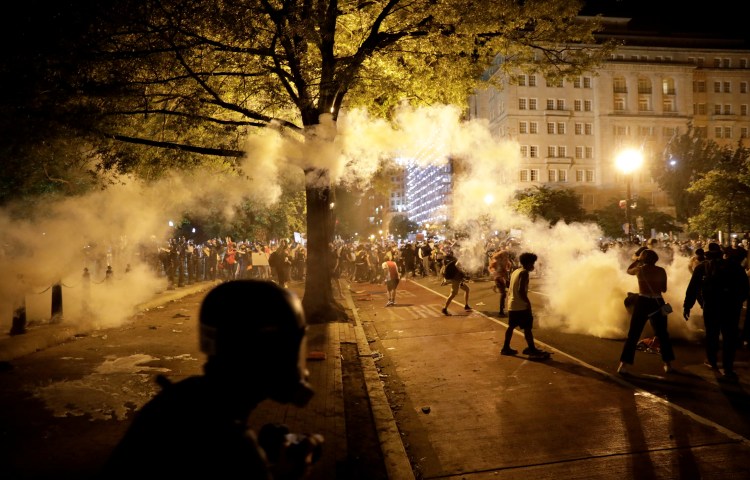
In 2020, U.S. journalists faced unprecedented attacks
As the Committee to Protect Journalists publishes its annual tally of journalists imprisoned around the world, not a single U.S. reporter is behind bars for their work. But that statistic belies the country’s marred press freedom landscape following the summer’s Black Lives Matter protests in which journalists were handcuffed, shoved, and shot at with less-lethal…
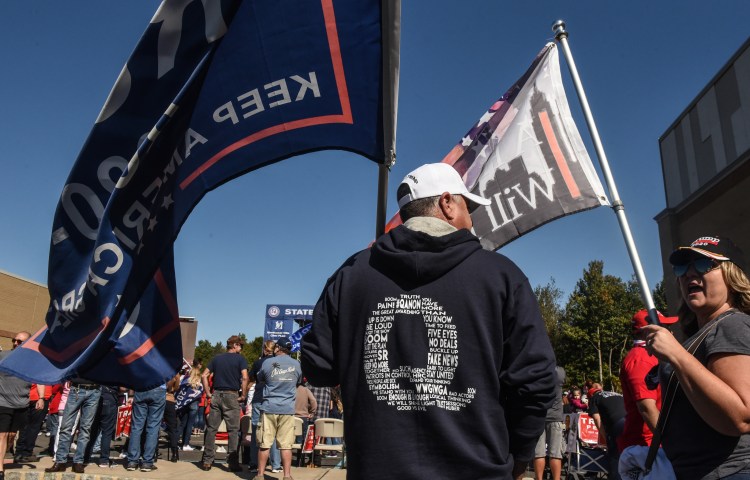
Conspiracy theories grow in the U.S., creating threats to journalist safety
On the eve of the 2020 U.S. presidential election, conspiracy theories have abounded online amid the global pandemic and a polarized political climate. Journalists covering nearly every beat grapple with misinformation, which is false but may be spread by mistake, as well as disinformation, when falsehoods are shared intentionally. QAnon has emerged as one…
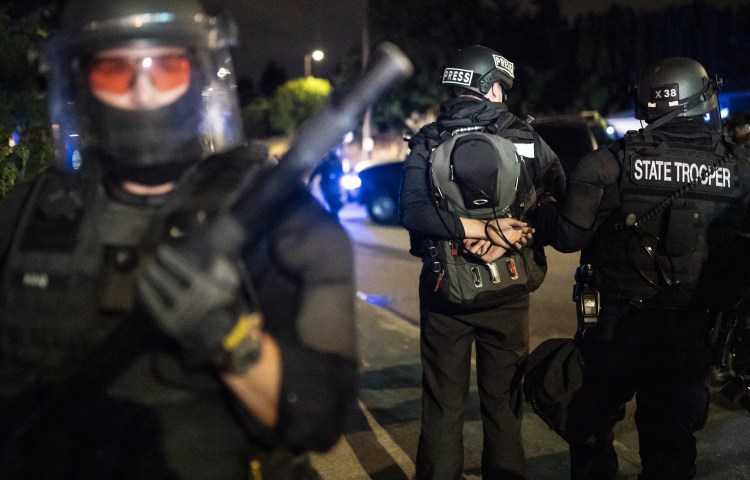
Foreign reporters describe safety concerns covering US elections and protests
Covering elections as a foreign correspondent in the United States has traditionally meant press conferences, long days at political rallies, and road trips through rural America. This year, however, amid the spread of COVID-19, curtailed campaigns, civil unrest, visa issues, and an unpredictable political environment, the elections beat has been particularly challenging for foreign reporters….
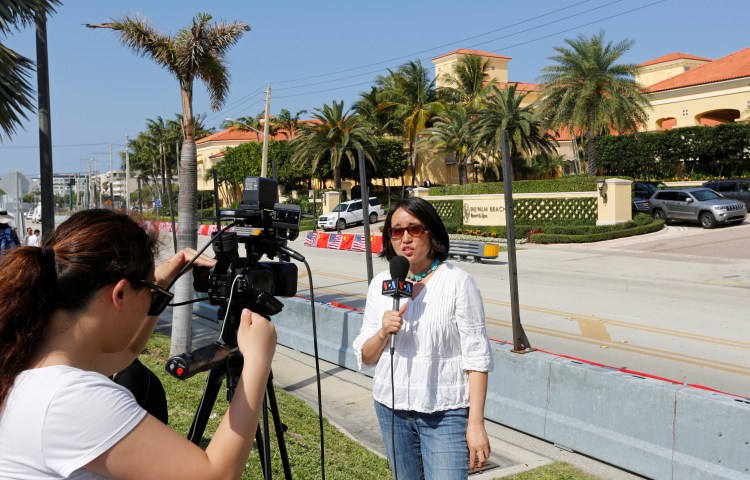
Former VOA staffer Al Pessin on VOA’s role amid the Trump-appointee shakeup
At the end of August, journalists with the U.S. Congress-funded Voice of America (VOA) took the extraordinary step of ringing a public alarm bell about moves by the new CEO of the U.S. Agency for Global Media (USAGM), which oversees VOA and several other outlets. VOA broadcasts in 47 languages and employs both U.S. citizens…
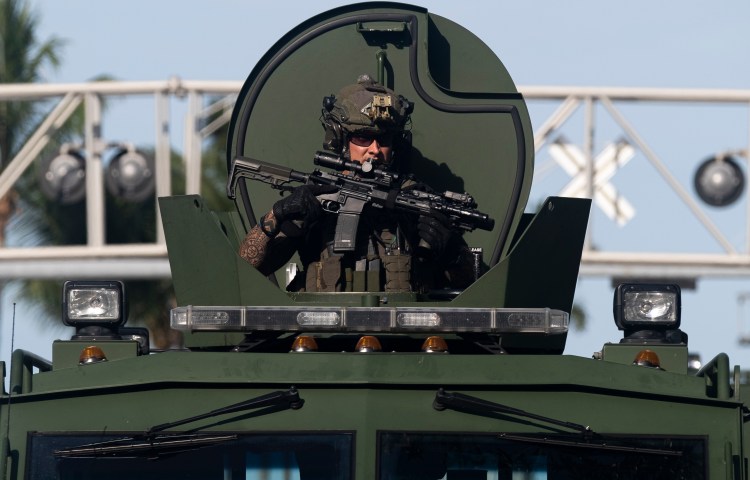
When police patrol protests in military gear, journalists face a hostile reporting environment
When St. Louis Post-Dispatch photographer David Carson was covering protests against police violence in Ferguson, Missouri in 2014, he said other reporters often asked him what it was like to get teargassed night after night. These days, he told CPJ, he rarely gets asked that question: “Now all of my journalist friends have been teargassed.” Tear gassings, rubber…
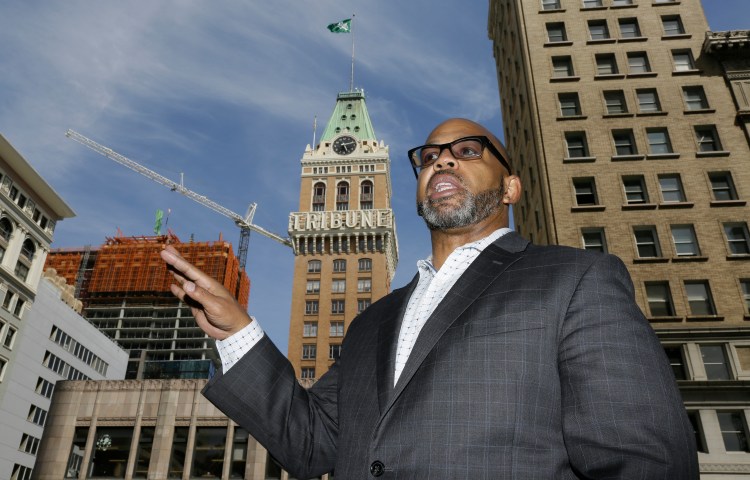
Maynard Institute’s Martin G. Reynolds on challenges facing Black journalists and how US media needs to change
Martin G. Reynolds, a veteran journalist and editor, is co-executive director at the Emeryville, California-based Maynard Institute, which was established to help diversify newsrooms through training programs. A year after the Maynard Institute’s founding in 1977 — originally as the Institute for Journalism Education — people of color made up 4% of journalists nationwide, according…